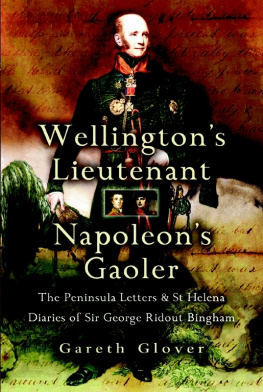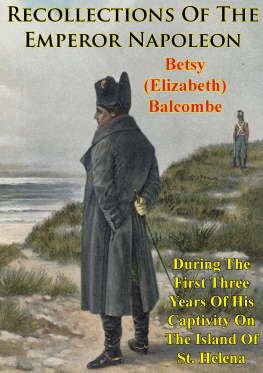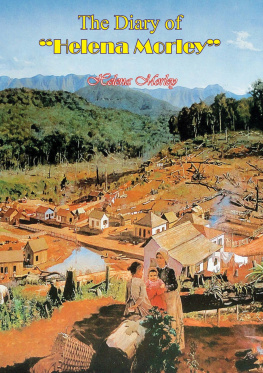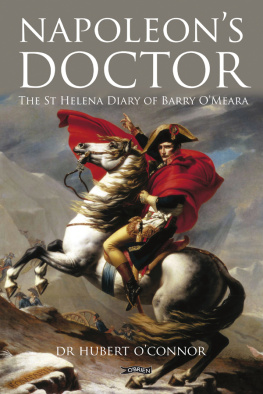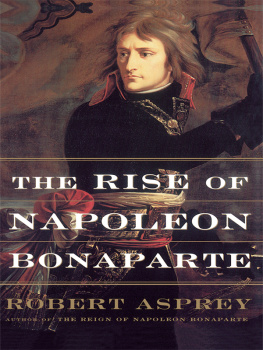

First published in Great Britain in 2005 by
Pen & Sword Military
an imprint of
Pen & Sword Books Ltd
47 Church Street
Barnsley
South Yorkshire
S70 2AS
Copyright J. David Markham 2005
ISBN 1-84415-2502
eISBN 9781844682874
The right of J. David Markham to be identified as Author of the Work has been asserted by him in accordance with the Copyright, Designs and Patents Act 1988.
A CIP catalogue record for this book is available from the British Library
All rights reserved. No part of this book may be reproduced or transmitted in any form or by any means, electronic or mechanical including photocopying, recording or by any information storage and retrieval system, without permission from the Publisher in writing.
Typeset in 11/13pt Plantin by Mac Style Ltd, Scarborough, N. Yorkshire Printed and bound in England by CPI UK
Pen & Sword Books Ltd incorporates the Imprints of Pen & Sword Aviation, Pen & Sword Maritime, Pen & Sword Military, Wharncliffe Local History, Pen & Sword Select, Pen and Sword Military Classics and Leo Cooper.
For a complete list of Pen & Sword titles, please contact
Pen & Sword Books Limited
47 Church Street, Barnsley, South Yorkshire, S70 2AS, England
E-mail: enquiries@pen-and-sword.co.uk
Website: www.pen-and-sword.co.uk
Contents

Napoleons greatest victory was at Austerlitz in 1805. This engraving is c .1840 by E. Rouargue.
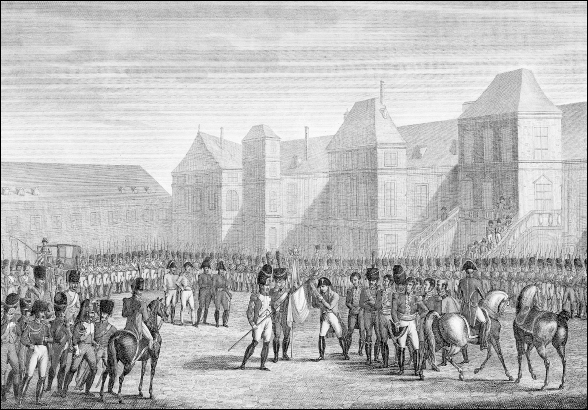
Copper engraving, Dpart de Fontainebleau, le 20 Avril, 1814, by Swebach, c .1816, showing one of the most emotional scenes in Napoleonic history, Napoleons farewell to his Old Guard after his first abdication.
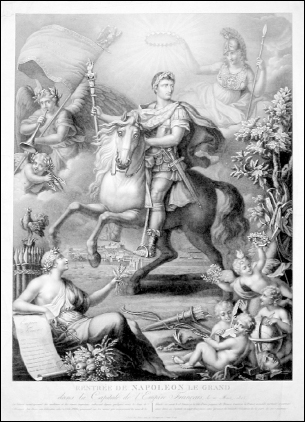
Rentre de Napoleon le Grand . 1815 engraving of Napoleon returning from Elba as Caesar. No doubt many in France hoped he would manage to do the same thing from St Helena, but it was not to be.
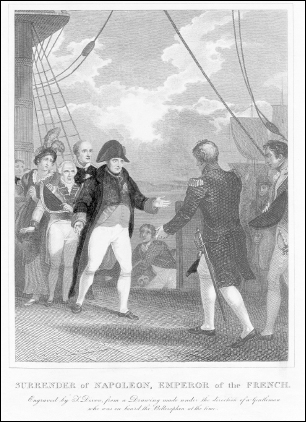
Surrender of Napoleon, Emperor of the French. Engraved by F. Dixon, from a drawing made under the direction of a gentleman who was on board the Bellerophon at the time. Published by Edward Baines of Leeds, February 1817.
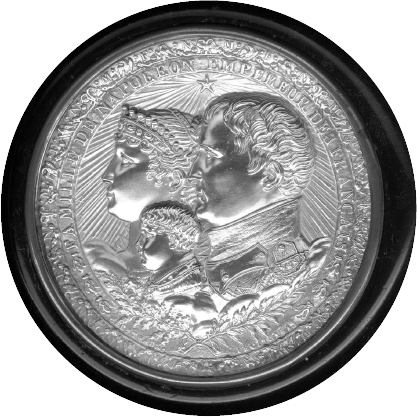
Gold snuffbox dated 20 March 1815, the day Napoleon returned to Paris for the 100 days. The image shows Napoleon, Marie Louise and their son, the King of Rome. Unfortunately for Napoleon, it is fantasy, as neither his wife nor his son was able to join him.
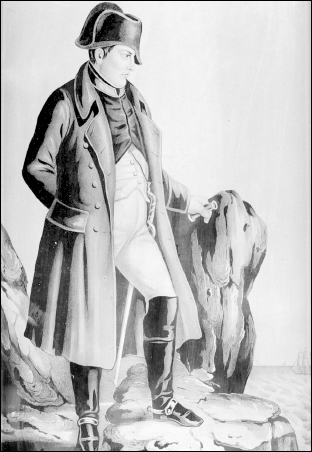
Napoleon at St Helena, by C. Currier, c.1890.
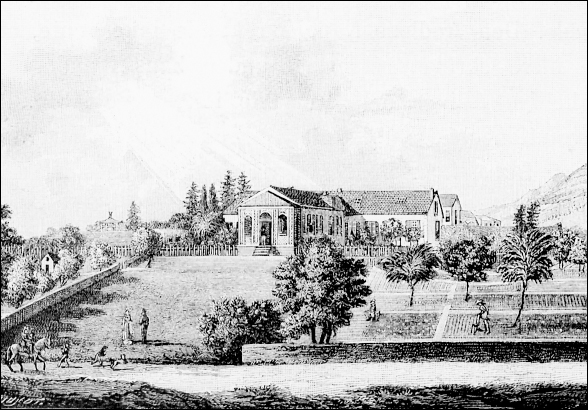
Denzil Ibbetsons drawing of Napoleons residence at Longwood, after a watercolour by Basil Jackson, showing Napoleon, Bertrand and Gourgaud. In Norwood Young, Napoleon in Exile at St. Helena, 1915.

Dr James Verling, from a portrait in Arnold Chaplin, A St. Helena Whos Who, 1919.
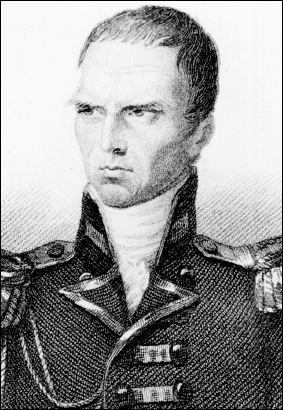
Nineteenth-century engraving of Sir Hudson Lowe, Governor of St Helena during Napoleons time on the island.
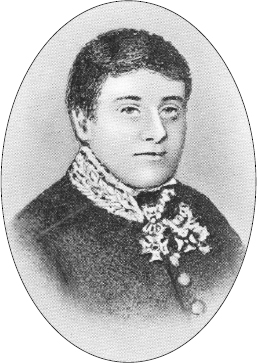
This engraving shows Sir Thomas Reade, Deputy Adjutant General on St Helena and one of Sir Hudson Lowes top aides.
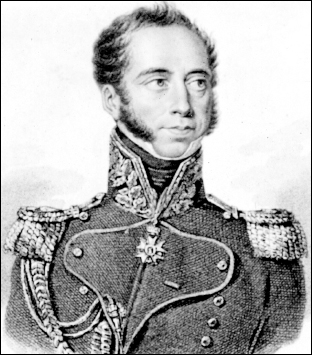
Nineteenth-century engraving of General Baron de Gourgaud, Napoleons Master of the Horse on St Helena.
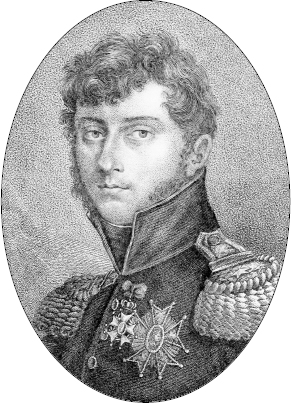
Nineteenth-century engraving by Martinet of Charles Jean Tristan, Comte de Montholon, one of Napoleons close associates on St Helena.
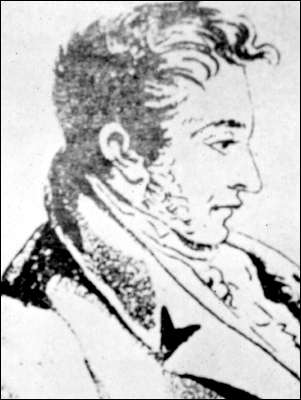
Nineteenth-century engraving of Dr Francesco Antommarchi, the doctor finally sent to attend Napoleon on St Helena.

Nineteenth-century engraving of Louis-Joseph Marchand, Napoleons valet.
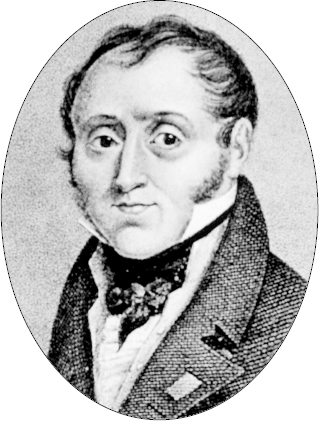
Le Comte de Las Cases. Engraved by Mller after a life-painting by Delorme, printed in Paris by Chaillou Potrelle, 1824.
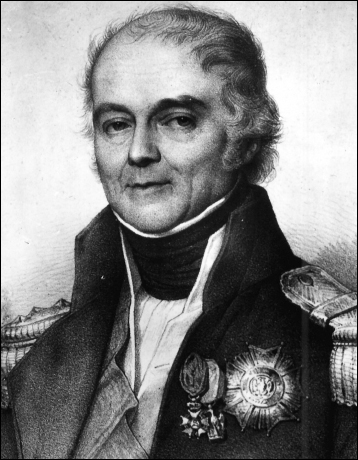
General Count Henri Gatien Bertrand served as Napoleons Grand Marshal throughout the exiled emperors time on St Helena.
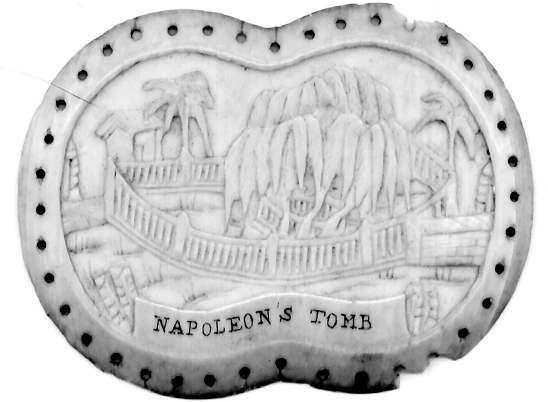
Ivory sewing device of c .1821-40 showing Napoleons tomb on St Helena.
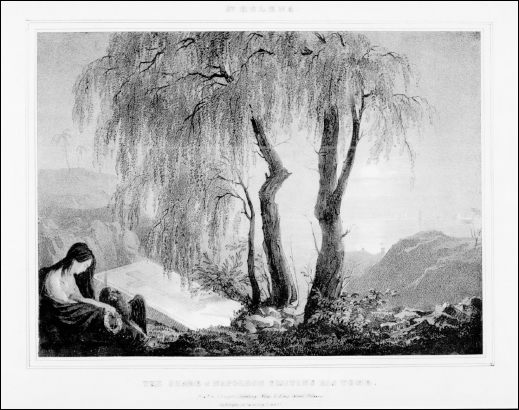
St Helena: The Shade of Napoleon Visiting His Tomb . A mid-nineteenth-century lithograph published by S. Knights, Lithographers to the King. See if you can find the shade of Napoleon in the trees.
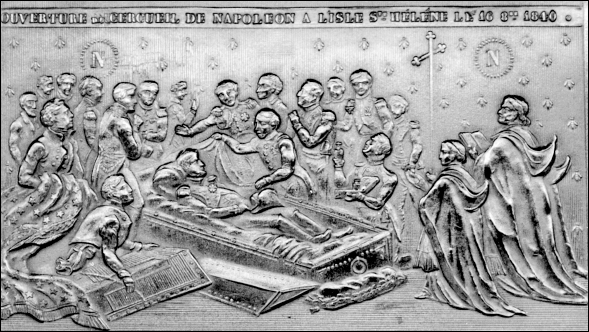
Snuffbox of c .1840 showing Napoleons body being exhumed from his grave on St Helena.
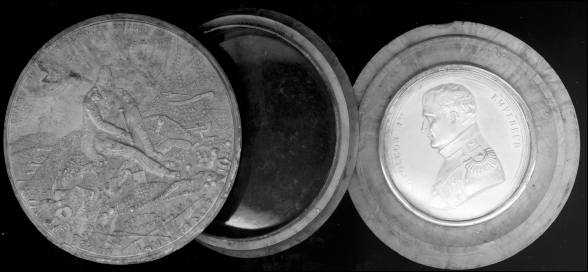
When Napoleon was exiled it was illegal to have his image in ones home. This false-bottom snuffbox was one of the many ways that people got around that restriction.
Next page

